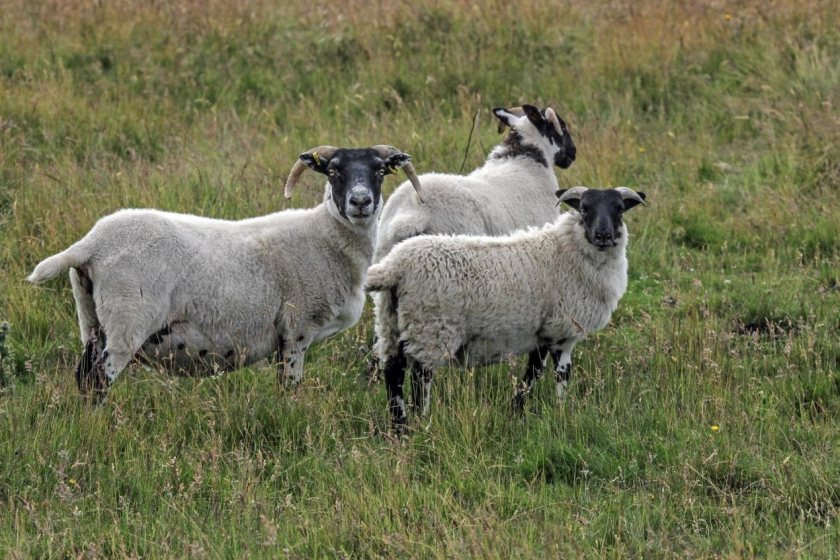
A group of farmers are hoping to boost profitability and productivity by decreasing transmission of the fatal viral lung tumour ovine pulmonary adenocarcinoma (OPA).
The project in Morayshire, Scotland examined the true impact of OPA, which is predominantly spread via nasal and oral secretions.
The disease has a significant impact on animal health and welfare of affected sheep across the country.
Affected farms can also see a financial impact due to increased cull rates, fallen stock disposal and increased need to purchase replacement stock
Laura Henderson, a qualified vet and agricultural consultant with SAC Consulting, who coordinated the group, said many farmers were not aware of the disease.
"Currently, the only diagnostic test available for live sheep is ultrasound scanning of lungs by a vet, but none of the local vets offer this service yet.
“There can be a stigma attached to admitting the presence of OPA in your flock, but the farmers saw the importance of sharing their experiences.
"Those that were already scanning their sheep for the disease presented their results and what control measures they had implemented,” she said.
The project, which ran from July to December last year, consisted of monthly meetings with an aim to increase farmers’ understanding of the risk factors for OPA spread.
The group welcomed guest speakers from the Moredun Institute to discuss the latest research as well as farmers from outside of the local district who shared how they have integrated scanning into their system.
Michael McGillivray from Auchnascraw who farms 1200 breeding ewes, 250 mule ewes in-by and 950 hill Blackface ewes participated in the project.
He said that farmer-to-farmer knowledge exchange was an important catalyst for others in the group to start scanning their sheep.
“We have a closed female breeding flock except for the new shearling tups we buy in and, subsequently, started losing a percentage of tups each year and we suspected could be down to OPA," he said.
“We started scanning in October after attending the RISS group meetings because we wanted to nip it in the bud before you end up with a big problem.
“Our sheep go to the hill all summer and they are a hefted flock so if we lose sheep out of this flock, it’s not easy to go to market and replace them as they’re not hefted to that hill.
“OPA is something that is quietly spoken about in the blackface sheep groups and there is a fear of scanning because if someone hears that they’re doing it there will be a perception that they have a problem.
"But, if you scan and get accredited for having a clean flock, I know we would be more likely to buy new breeding stock that were actively whole flock scanning for OPA as a preventative measure.”
Although the project has now finished, those involved said they were keen to continue working together and encourage more farmers to start scanning their flocks.
Looking to the future, the group would like to gather more data which can demonstrate the economic cost of OPA in sheep based on flock performance.
